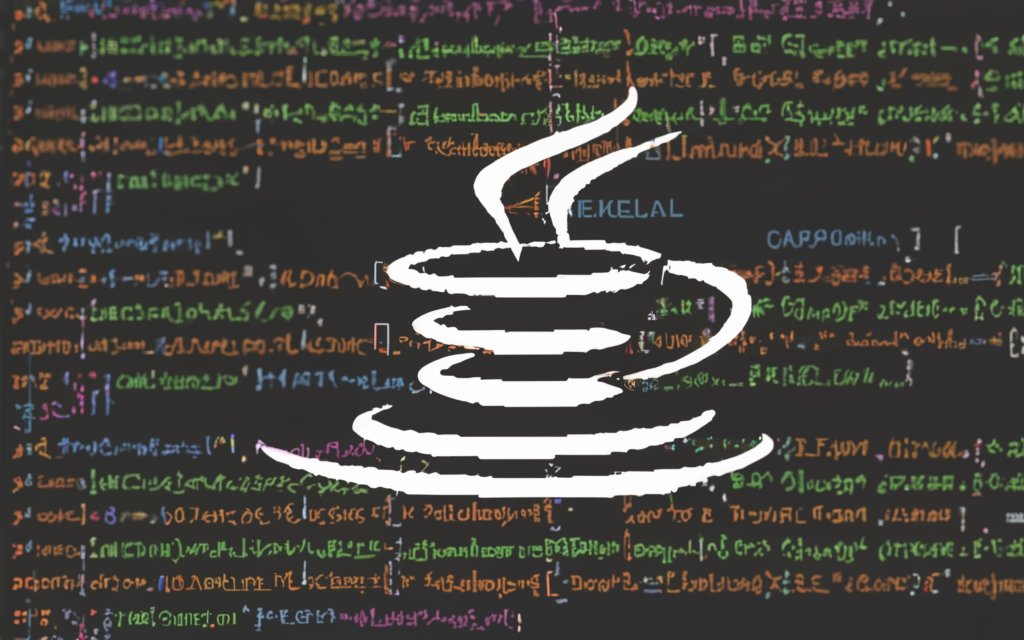
Polymorphism In Java With Examples
Imagine shapeshifters of the coding world, objects that can take on different forms and behaviors depending on the context. That’s the essence of polymorphism in Java, a powerful concept that elevates your code to new levels of flexibility and elegance. Brace yourself for a journey into the multifaceted world of polymorphism, where one code handles many forms, unlocking new avenues for efficient and dynamic programming.
1. Understanding the Core: Unveiling the Many Forms
In simple terms, polymorphism allows a single entity (class, object, or method) to exhibit different behaviors or appearances depending on the context in which it’s used. This “many forms” nature empowers you to write generic code that can work with different types of objects without needing multiple, redundant versions.
There are two primary forms of polymorphism in Java:
- Method Overriding: A subclass redefines a method inherited from its parent class, providing its own implementation based on its specific characteristics. Imagine different shapes implementing a “draw()” method in their own unique ways.
Java
public class Shape {
public void draw() {
System.out.println("Drawing a generic shape.");
}
}
public class Circle extends Shape {
@Override
public void draw() {
System.out.println("Drawing a circle.");
}
}
public class Square extends Shape {
@Override
public void draw() {
System.out.println("Drawing a square.");
}
}
In this example, the draw() method takes on different forms depending on the actual object used (Circle or Square), showcasing the power of method overriding.
- Method Overloading: A class defines multiple methods with the same name but different parameter lists. This allows you to call the most appropriate method based on the arguments provided. Think of a “calculate()” method taking different data types for area calculations.
Java
public class MathUtils {
public double calculateArea(double radius) {
return Math.PI * radius * radius; // Area of a circle
}
public int calculateArea(int length, int width) {
return length * width; // Area of a rectangle
}
}
Here, the calculateArea() method adapts its behavior based on the provided parameters, offering flexibility and optimized calculations for different shapes.
2. Diving Deeper: Exploring Advanced Concepts
Beyond the basics, polymorphism in Java offers even more powerful techniques:
- Type Casting: Convert an object to another compatible type to access specific methods or functionalities available in the target type. This can be applied cautiously to utilize specific features of inherited classes.
- Abstract Classes: Define abstract methods that subclasses must implement, providing a common template for behavior while allowing specific implementations based on individual needs. Think of an abstract “Shape” class defining an abstract “draw()” method for concrete shapes to implement.
- Interfaces: Specify contracts outlining behaviors that implementing classes must adhere to. These contracts enable objects of different types to share a common functionality without necessarily being related through inheritance. Imagine a “Drawable” interface for any object that can be drawn, regardless of its specific type.
3. Benefits and Applications: Why Go Polymorphic?
Adopting polymorphism unlocks numerous benefits for your Java code:
- Increased Code Reusability: Write generic code that adapts to different types, reducing redundancy and making your code cleaner and more maintainable.
- Enhanced Flexibility and Adaptability: Easily adapt your code to changing requirements and new data types without significant rewrites.
- Improved Type Safety: Static type checking ensures compatibility between objects and methods, preventing runtime errors and enhancing stability.
- Elegant and Expressive Code: Write concise and expressive code that focuses on behavior rather than specific types, leading to clear and readable solutions.
Polymorphism finds applications in diverse areas:
- Collections: Generic collections like ArrayList and HashMap leverage polymorphism to store and manage objects of various types efficiently.
- Frameworks and Libraries: Many frameworks and libraries rely on polymorphism for flexibility and ease of use.
- Design Patterns: Polymorphism plays a key role in various design patterns like Strategy and Template Method, promoting modularity and reusability.
4. Conclusion: Embracing the Many Forms and Mastering the Craft
By embracing polymorphism, you equip yourself with a powerful tool to write flexible, adaptable, and elegant Java code. Remember, mastering this concept takes practice and exploration. Try experimenting with different forms of polymorphism, dive into advanced techniques, and explore real-world applications. As you delve deeper, the world of polymorphism will reveal its true potential, allowing you to shape your code into efficient and versatile solutions that stand the test of time.
So, code your way into the world of polymorphism, embrace the many forms, and watch your programming skills reach new heights! Remember, the journey of mastering polymorphism is an ongoing adventure, filled with exciting discoveries and endless possibilities. Keep coding, keep learning, and let your code become a testament to the flexibility and elegance that defines a true Java master. Stay curious, stay creative, and never stop exploring the many forms of code.




